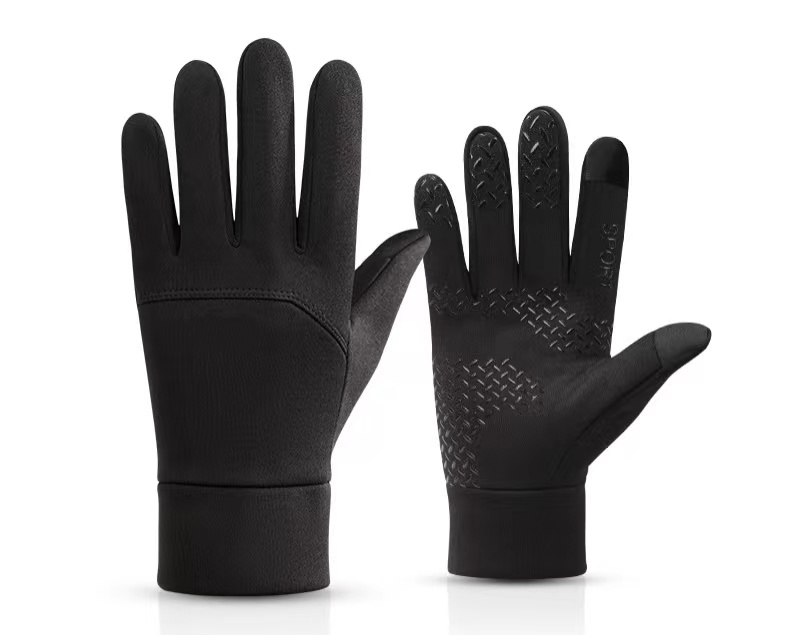


Here are some tips on how to ride a bicycle properly.
1. Appropriate Gear
First and foremost, choosing the right bicycle is crucial. Different types of cycling (such as urban commuting, mountain biking, or road cycling) require different bicycles. Make sure the bicycle fits your height to maintain a comfortable riding position. Wearing a safety helmet, cycling gloves, and appropriate cycling clothing is also very important for protection and an improved riding experience.

2. Adjusting the Seat and Handlebars
The adjustment of the seat and handlebars directly affects comfort and efficiency while cycling. Generally, the seat height should be adjusted so that your leg is slightly bent when the pedal is at its lowest point, ensuring optimal power transfer. The fore-aft position of the seat should be appropriate so that your knee does not extend too far forward or backward while pedaling. The height of the handlebars should align with the seat to maintain a good riding posture.

3. Correct Riding Posture
Maintaining the correct posture while cycling can effectively reduce fatigue and the risk of injury. Keep your back straight, shoulders relaxed, elbows slightly bent, and grip the handlebars lightly. Your feet should be parallel to the ground, using leg power to pedal rather than over-relying on your waist or arms.

4. Reasonable Riding Frequency and Intensity
For beginners, it is advisable to start with short rides and gradually increase the duration and intensity. Aim for at least 3-4 rides per week, each lasting 30 minutes to 1 hour, adjusting according to your fitness level. The intensity should be such that you can converse comfortably, avoiding excessive fatigue. For experienced riders, interval training can help improve endurance and speed.
5. Proper Diet and Hydration
Diet plays a crucial role before and after riding. Consume carbohydrates, such as bananas or oatmeal, 1-2 hours before riding to provide adequate energy. Hydrate every 15-20 minutes during the ride to maintain fluid balance. After longer rides, replenishing protein and electrolytes helps in recovery.

6. Learning Proper Riding Techniques
Mastering basic cycling techniques can enhance safety and efficiency. For instance, slow down and shift your body weight before turning to ensure stability; be cautious on descents to control speed; and maintain awareness of obstacles ahead to avoid sudden stops that could lead to losing control.
7. Regular Bicycle Maintenance
Maintaining your bicycle is essential for safe riding. Regularly check the brakes, tires, and gears to ensure they are in proper working condition. Before riding, check the tire pressure and make necessary adjustments to maintain good tire condition, which improves safety and comfort.
A scientific approach to cycling can significantly enhance both enjoyment and safety. By selecting appropriate gear, adjusting riding posture, scheduling rides properly, being mindful of nutrition and hydration, mastering cycling techniques, maintaining your bicycle regularly, and obeying traffic regulations, cyclists can not only improve their physical fitness but also fully enjoy the benefits of cycling. Whether for fitness or daily commuting, scientific cycling is a healthy lifestyle choice worth promoting.
Prev:What’s the Benefits of Using Flaxseed Heated Dog Booties
Next:No more!